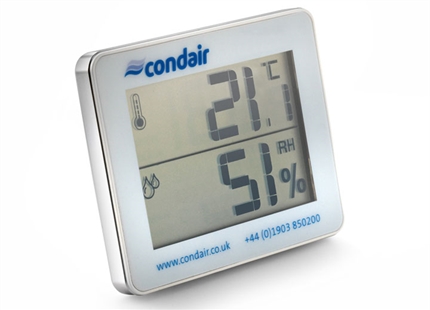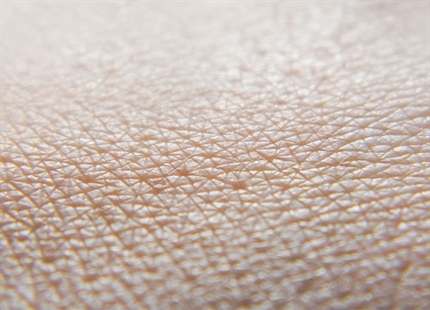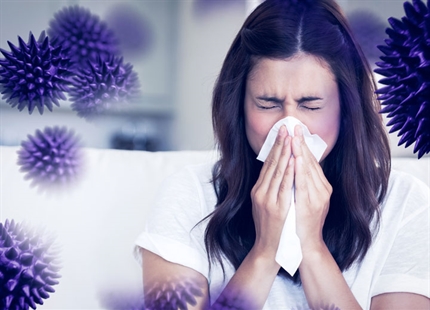
Improving health and wellbeing with humidity control
We are all able to tell whether an atmosphere is hot or cold the moment we enter it, but perceiving whether air has a low humidity is not as obvious to us. Our senses are not so refined as to "feel" the moisture content of the air we breathe into our lungs or which touches our skin.
However, the direct and indirect effects of dry air on our health are significant. Prolonged exposure to a low humidity can result in health problems for many organs (brain, kidneys, circulation, skin and eyes) and reduced resistance against chronic and acute airborne pollution, respiratory infections and allergies.
Maintaining the optimum humidity in a workplace improves employee health, which in turn reduces absenteeism and enhances productivity.
The Chartered Institute for Personnel, in its Absence Management report 2015, stated that minor illness, such as colds and flu, remain the most common cause of short-term illness. Improving a building's humidity control is an effective and economic way to prevent this type of short term illness, to the benefit of the business and its employees.
40-60% relative humidity is the ideal condition for our overall wellness, the efficient functioning of our respiratory immune system and the prevention of spreading airborne microbes and pollutants throughout buildings. These three videos provide an overview of the facts related to improved health through humidity control.
Captain Humidity Explains... part 1
Humidity's impact on our respiratory immune system
Captain Humidity Explains... part 2
Humidity's impact on airborne droplets containing viruses
Captain Humidity Explains... part 3
Humidity's impact on the infectivity of airborne viruses

Scientific research shows the ideal indoor humidity for health is 40-60%RH
Check out 25 scientific studies, conducted from 1948 to the current day, which all demonstrate the positive benefits of maintaining a mid-level indoor humidity.

Check out this podcast on how maintaining 40-60% relative humidity indoors is important in combatting the spread of viral infection.
More info on the effects of low humidity

Get a hygrometer

Humidity fights flu

My humidity is low, what should I do?

Dry air and our airway defence system

Dry air and our eyes

Dry air and our skin
